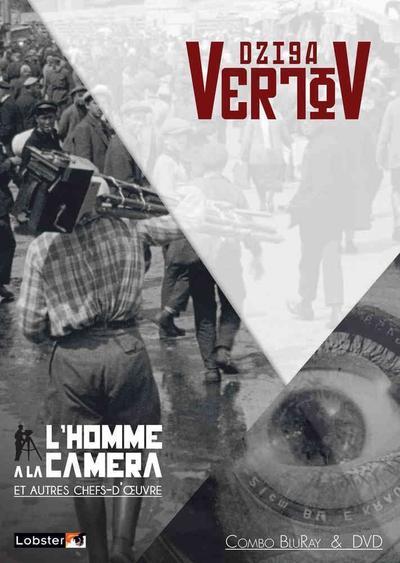![]()
![29f7c043f76a2bde437fd0d52a185152]()
Description: In “La Danse: The Paris Opera Ballet,” his 36th documentary in more than 40 years, Frederick Wiseman takes his camera into the stately and elegant Palais Garnier in Paris, observing rehearsals, staff meetings and, finally, performances of seven dances, including classics like “The Nutcracker” and spiky new work by younger choreographers. To say that the film, sumptuous in its length and graceful in its rhythm, is a feast for ballet lovers is to state the obvious and also to sell Mr. Wiseman’s achievement a bit short. Yes, this is one of the finest dance films ever made, but there’s more to it than that.
You might as well say that his previous documentary, the enthralling three-and-a-half-hour “State Legislature,” is a must-see for devotees of Idaho politics. It certainly is, but its greater virtue, and the substance of Mr. Wiseman’s particular genius, is the way it transfixes you with the inner workings of an institution you may not otherwise care about. The observation of groups of people functioning in a clearly defined professional or social context has been Mr. Wiseman’s primary interest ever since his first film, “Titicut Follies,” which exposed the workings of the Bridgewater State Hospital for the criminally insane in Massachusetts.
The Paris Opera Ballet is of course a more exalted place than either the Boise Statehouse or that grim New England penitentiary — its dancers are certainly easier on the eyes than legislators or social workers — but the quality of Mr. Wiseman’s attention is the same. His curiosity is boundless but also disciplined, and he forgoes explanation in favor of a visual version of what anthropologists call thick description.
In “La Danse” you watch closely as dancers and choreographers break complex movements down into their constituent gestures, a process that is at once tedious and entirely engrossing. Though all the rehearsing culminates in full-dress performance, “La Danse” really has no beginning, middle or end. It is, rather, about two kinds of time that exist outside traditional narrative frameworks: the long, slow, repetitive cycle in which institutions exist, and the fleeting moments of bodily motion and musical expression that make ballet such a singular and elusive art form.
All this makes the film sound remote, even abstract, but it is really the opposite. There are characters, events and miniature dramas that unfold in the course of the ballet company’s work. There is also a lot of talk, much of it provided by Brigitte Lefèvre, the troupe’s artistic director and a rhetorician in the grand French style. It is sometimes hard to follow what she is talking about, but her energy and cadences are mesmerizing.
And “La Danse,” among its other observations, emphasizes the distance between verbal analysis and physical movement. Dance is a vehicle of meaning and emotion, but it is also a technical undertaking consisting of minutely controlled muscular movements. What goes on in rehearsal is the negotiation between art and technique, and language is a paltry but necessary tool. One choreographer prattles on about “context” to a dancer who nods her head gamely but studies his body language more than his words. Another choreographer, an Anglophone working with French performers, forgoes words altogether, communicating his “notes” through a serious of hums and clucks, like a scat singer or a human beat box.
The performances that result from all this work — and that are upheld by the gritty business of fund-raising and nearly obstructed by French labor troubles — are ravishing and also a bit anticlimactic. By the time you see the dancers in costume, on a carefully lighted stage and accompanied by a full orchestra, you have attained an intriguing liminal status somewhere between spectator and performer.
If you did not already know the names of the stars of the Paris Opera Ballet — Aurélie Dupont and Laetitia Pujol stand out particularly — you will nonetheless have acquired an almost tactile sense of who they are. “How can we know the dancer from the dance?” wondered William Butler Yeats in his poem “Among School Children.” It’s a simple and also endlessly mysterious question, one that Mr. Wiseman, in his patient, meticulous, magical way, both restates and answers.
![]()
![]()
![]()
![]()
![]()
http://nitroflare.com/view/A7B0EB33404E216/LA_DANSE.avi
https://filejoker.net/42gzk4wxi7v0/LA_DANSE.avi
Language: French (English Hardsubs)
no pass




































































































































